Tony Bullimore, famous for being rescued from his stricken yacht, was a passionate yachtie who helped bring reggae to England
OBITUARY: When most people first heard the name Tony Bullimore it was because he was feared dead. But his survival in the Southern Ocean made him world famous.
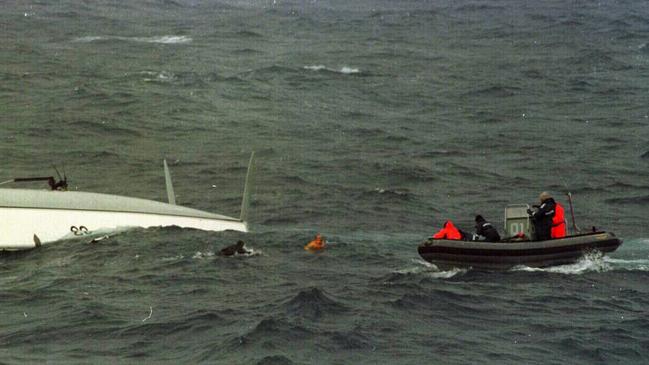
Today in History
Don't miss out on the headlines from Today in History. Followed categories will be added to My News.
WHEN Tony Bullimore first made global headlines in January 1997, most people assumed his life was over. The British sailor was taking part in the 1996 Vendee Globe International single-handed around the world yacht race when his vessel Global Exide Challenger capsized in the Southern Ocean.
Bullimore was feared dead but rescuers found him alive sheltering on a hammock in an air pocket in the upturned vessel, just barely keeping himself out of the water and subsisting on a meagre ration of chocolate.
When he was rescued by the Royal Australian Navy, the world rejoiced. He became famous for his great survival story, nicknaming him the “British bulldog” for his tenacity. In a way, that fame was a terrible thing for a man who was an accomplished yachtsman, and not a weekend hacker who got into trouble by being out of his depth.
But if there is anything that he deserves more fame for, it was the part he played in popularising reggae and ska music, and improving racial integration in Britain. However, this week, a rare stomach cancer finally claimed Bullimore at the age of 79.
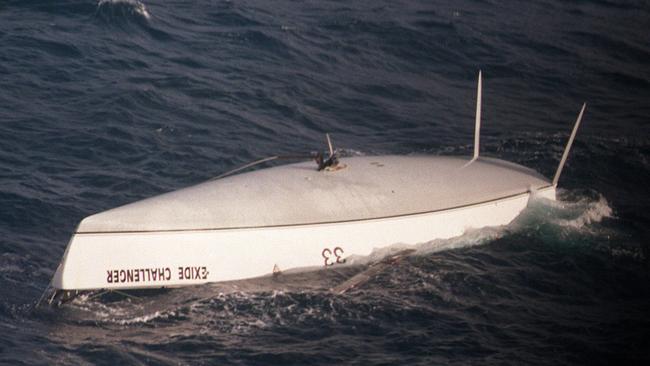
Bullimore was born Anthony Maurice Frederick Bullimore in Southend-on-Sea in Essex on January 15, 1939. His father Bill was a sometime music hall performer, who ran a transport cafe with Tony’s mother Kate (nee de Costa) and later had a market stall in Southend.
Bullimore helped out at the market stall and often jigged school for his own money-making schemes, including wheeling a barrow to collect baggage for passengers at a train station.
He later set himself up as a wedding photographer, but incurred the wrath of one bride when all of his negatives of her ceremony came out blank. He had several other jobs, including a carpet layer and talking his way into a job on board a yacht bound for South Africa.
He spent three years in South Africa, earning a black belt in judo while he was there, before asking his parents for an airfare home. A brief stint in the Royal Marines followed but he was back in England in 1960 when he met Jamaican immigrant Lalel in Swindon. He pursued her and they later married.
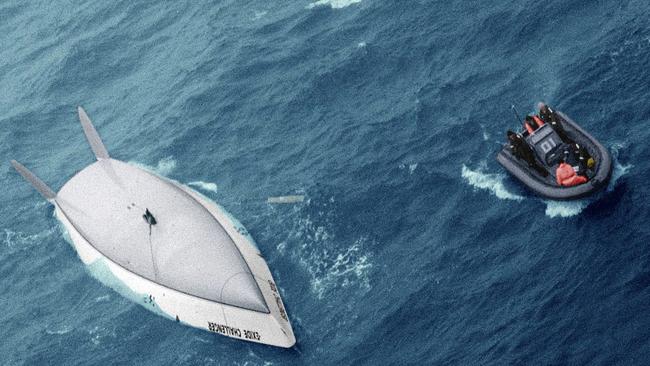
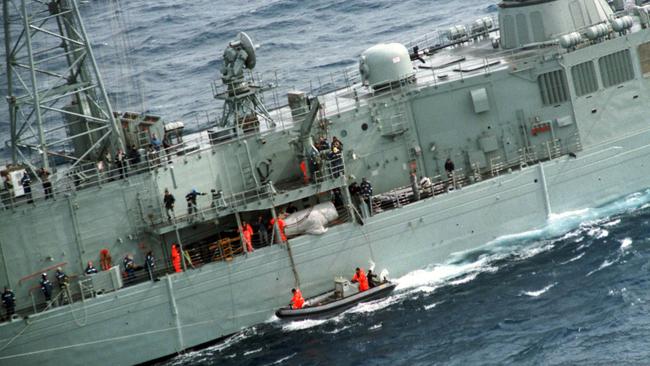
They moved to Bristol where they suffered some instances of discrimination being a “mixed race” couple. In 1950s England there been race riots against West Indian migrants. But Bullimore had a positive way to counteract the negativity, he set up a nightclub for migrants and their non-migrant friends. The Bamboo club officially opened in 1966 in Bristol and was a cultural hub for many Caribbean expats. It saw some of the first reggae and ska gigs in the UK, including Bob Marley and the Wailers, Jimmy Cliff and even American soul acts such as Ben E. King and Percy Sledge.
The club burnt down in 1977 just days before the Sex Pistols were due to play there and Bullimore focused on other interests — one of which was yacht racing. In 1976 he had taken part in his first single-handed long distance race, the Trans-Atlantic, during which his voyage had to be abandoned because of a fire on board.
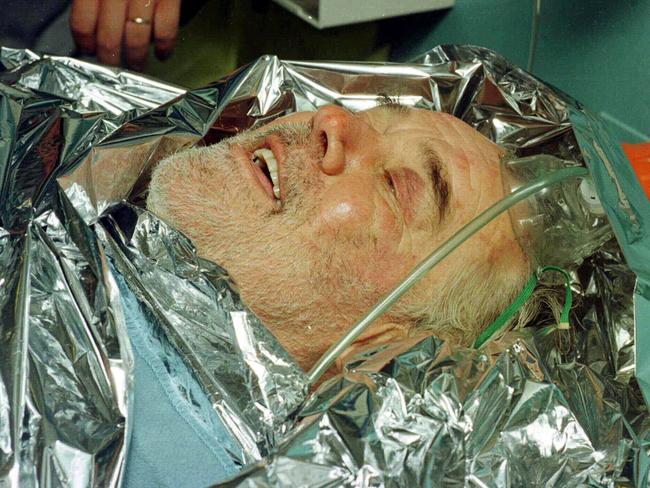
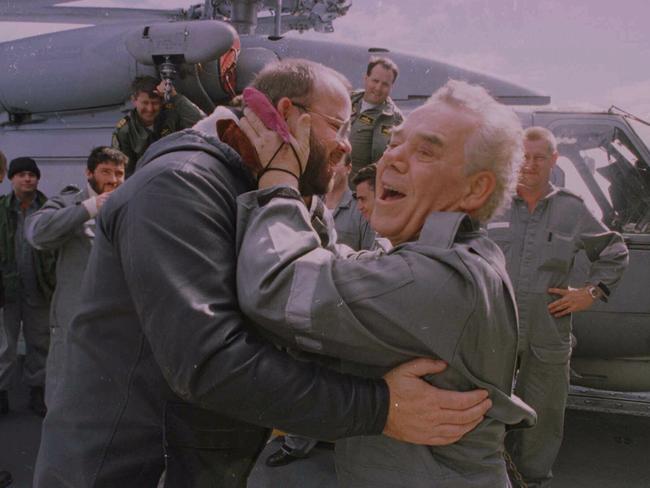
Undeterred, he built a reputation as a skilful if sometimes unlucky, or perhaps reckless, sailor. In 1985 he won the Round Britain Race in trimaran Apricot, but the next year wrecked the boat on rocks at the entrance to Brest Harbour and had to scramble ashore. In 1989 he nearly died after getting trapped in the safety nets of an upturned trimaran.
But the incident that made him famous came during the 1996 Vendee Globe race. Suffering fuel line problems, the loss of his satellite communications and the breakdown of a desalinator, he found himself 1600km behind his competitors. On January 4, 1997, his yacht was hit by a savage storm in the Southern Ocean, snapping his keel and flipping his boat.
Race organisers noticed problems with Bullimore’s positioning beacon and called the Maritime Rescue Co-ordination Centre in Canberra. RAAF aircraft spotted the stricken yacht but saw no sign of Bullimore.
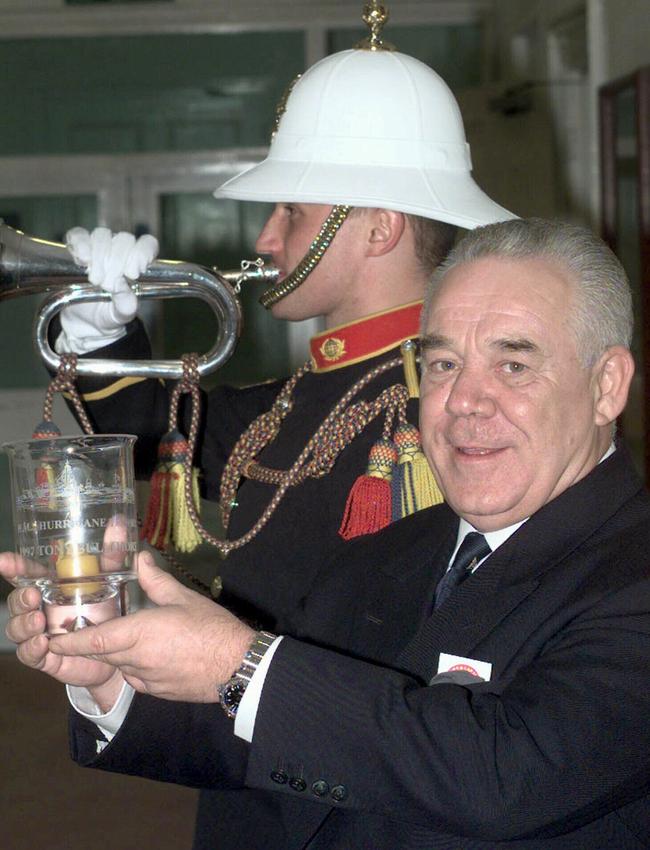
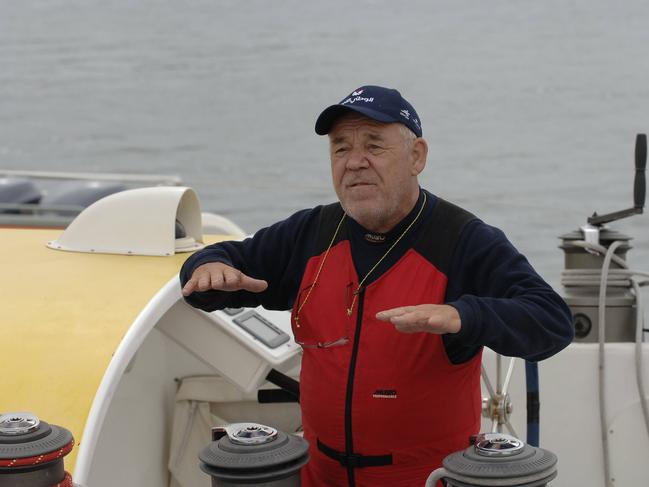
Five days after he had capsized HMAS Adelaide reached the yacht to find Bullimore alive.
He then swam out to meet his rescuers. Despite losing part of a finger and suffering frostbite in another finger and some toes, he was okay.
He became the subject of a bidding war for his story and endorsements, brushing off complaints of how much his rescue had cost. His 15 minutes of fame lasted for some time and in 2000 he starred in a TV show with comedian Lenny Henry sailing to the Caribbean. It ended with the boat springing a leak.
Bullimore seemed to be lost at sea again, just off the coast of Western Australia, in 2006 when his communications dropped out, but came close enough to shore to use his mobile phone. He was sailing up until last year before illness finally lowered his sails.

